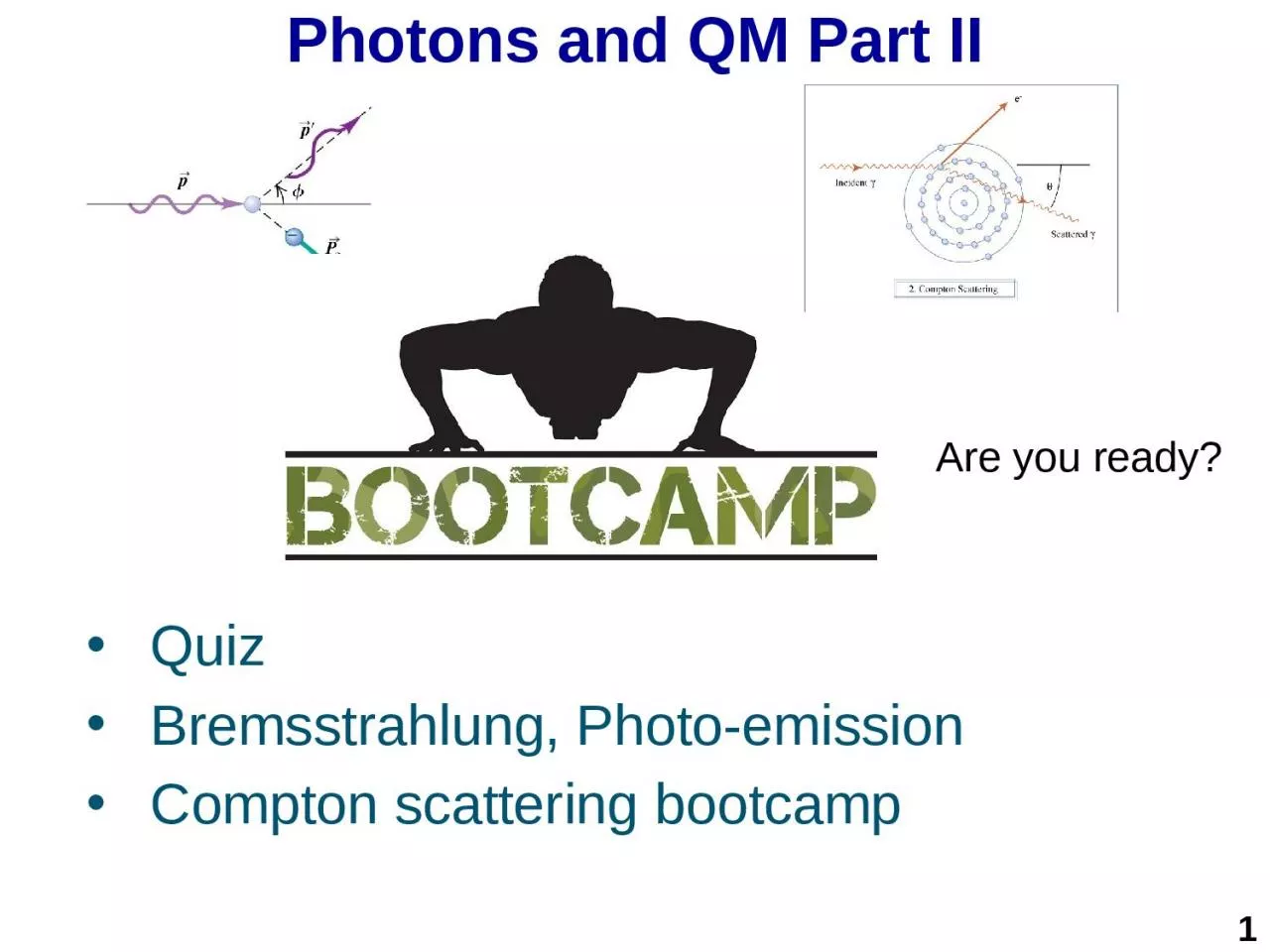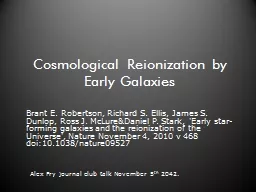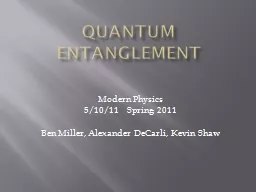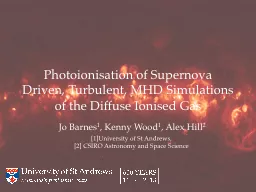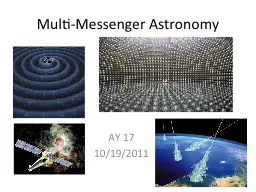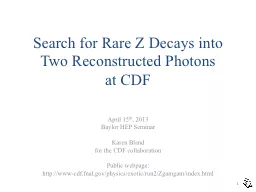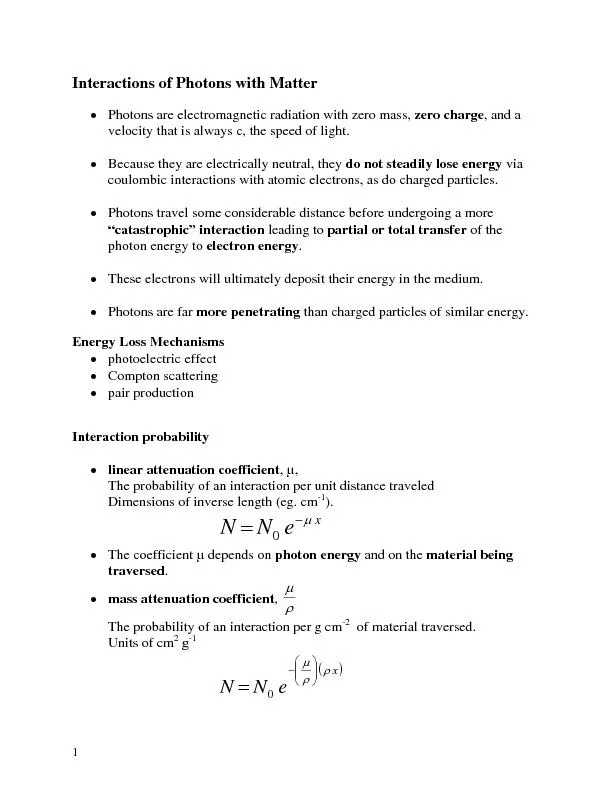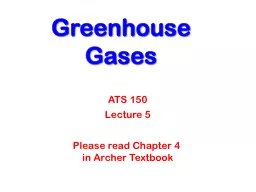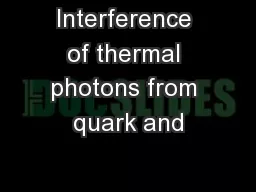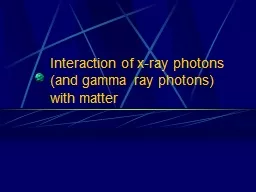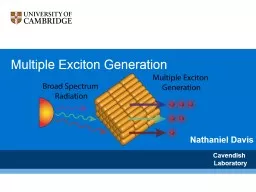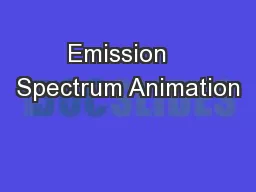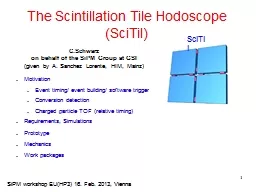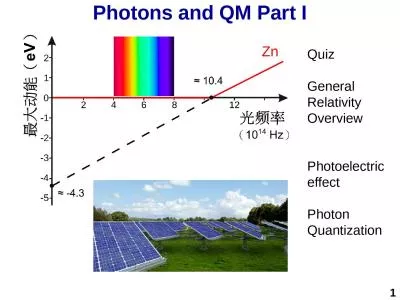PPT-Photons and QM Part II Quiz
Author : Extremejock | Published Date : 2022-07-28
Bremsstrahlung Photoemission Compton scattering bootcamp 1 Are you ready Q161 In the photoelectric effect how can one increase the kinetic energy of an electron
Presentation Embed Code
Download Presentation
Download Presentation The PPT/PDF document "Photons and QM Part II Quiz" is the property of its rightful owner. Permission is granted to download and print the materials on this website for personal, non-commercial use only, and to display it on your personal computer provided you do not modify the materials and that you retain all copyright notices contained in the materials. By downloading content from our website, you accept the terms of this agreement.
Photons and QM Part II Quiz: Transcript
Download Rules Of Document
"Photons and QM Part II Quiz"The content belongs to its owner. You may download and print it for personal use, without modification, and keep all copyright notices. By downloading, you agree to these terms.
Related Documents

